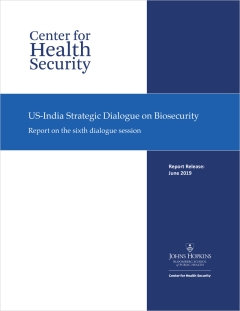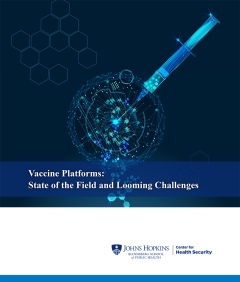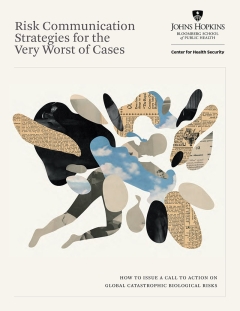Measurement is a community endeavor that can enhance the ability to anticipate, withstand, and recover from a disaster, as well as foster learning and adaptation. This project’s purpose was to develop a self-assessment toolkit—manifesting a bottom-up, participatory approach—that enables people to envision community resilience as a concrete, desirable, and obtainable goal; organize a cross-sector effort to evaluate and enhance factors that influence resilience; and spur adoption of interventions that, in a disaster, would lessen impacts, preserve community functioning, and prompt a more rapid recovery. In 2016–2018, we engaged in a process of literature review, instrument development, stakeholder engagement, and local field-testing, to produce a self-assessment toolkit (or “rubric”) built on the Composite of Post-Event Well-being (COPEWELL) model that predicts post-disaster community functioning and resilience. Co-developing the rubric with community-based users, we generated self-assessment instruments and process guides that localities can more readily absorb and adapt. Applied in three field tests, the Social Capital and Cohesion materials equip users to assess this domain at different geo-scales. Chronicling the rubric’s implementation, this account sheds further light on tensions between community resilience assessment research and practice, and potential reasons why few of the many current measurement systems have been applied



